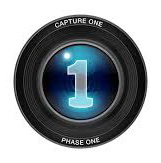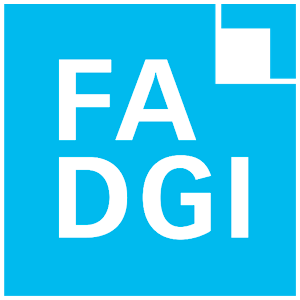In late October of this year, the Digital Production Center (along with many others in the Library) were busy developing budgets for FY 2015. We were asked to think about the needs of the department, where the bottlenecks were and possible new growth areas. We were asked to think big. The idea was to develop a grand list and work backwards to identify what we could reasonably ask for. While the DPC is able to digitize many types of materials and formats, such as audio and video, my focus is specifically still image digitization. So that’s what I focused on.
We serve many different parts of the Library and in order to accommodate a wide variety of requests, we use many different types of capture devices in the DPC: high-speed scanners, film scanners, overhead scanners and high-end cameras. The most heavily used capture device is the Phase One camera system. This camera system uses P65 60 MP digital back with a 72mm Schneider flat field lens. This enables us to capture high quality images at archival standards. The majority of material we digitize using this camera are bound volumes (most of them rare books from the David M. Rubenstein Library), but we also use this camera to digitize patron requests, which have increased significantly over the years (everything is expected to be digital it seems), oversized items, glass plate negatives, high-end photography collections and much more. It is no surprise that this camera is a bottleneck for still image production. In researching cameras to include in the budget, I was hard pressed to find another camera system that can compete with the Phase One camera. For over 5 years we have used Digital Transitions, a New York-based provider of high-end digital solutions, for our Phase One purchases and support. We have been very happy with the service, support and equipment we have purchased from them over the years, so I contacted them to inquire about new equipment on the horizon and pricing for upgrading our current system.
New equipment they turned me onto is the BC100 book scanner. This scanner uses a 100° glass platen and two reprographic cameras to capture two facing pages at the same time. While there are other camera systems that use a similar two camera setup (most notably the Scribe, Kirtas and Atiz), the cameras and digital backs used with the BC100, as well as the CaptureOne software that drives the cameras, are more well suited for cultural heritage reproduction. Along with the new BC100, CaptureOne is now offering a new software package specifically geared toward the cultural heritage community for use with this new camera system. While inquiring about the new system, I was invited to attend a Cultural Heritage Round Table event that Digital Transitions was hosting.
This roundtable was focused on the new CaptureOne software for use with the BC100 and the specific needs of the cultural heritage community. I have always found the folks at Digital Transitions to be very professional, knowledgeable and helpful. The event they put together included Jacob Frost, Application Software R&D Manager for PhaseOne; Doug Peterson, Technical Support, Training, R&D at Digital Transitions; and Don Williams of Image Science Associates, Imaging Scientist. Don is also on the Still Image Digitization Advisory Board with the Federal Agencies Digitization Guidelines Initiative (FADGI), a collaborative effort by federal agencies to  define common guidelines, methods, and practices for digitizing historical content. They talked about the new features of the software, the science behind the software, the science behind the color technology and new information about the FADGI Still Image standard that we currently follow at the Library. I was impressed by the information provided and the knowledge shared, but what impressed me the most was the fact that the main reason Digital Transitions pulled this particular group of users and developers together was to ask us what the cultural heritage community needed from the new software. WHAT!? What we need from the software? I’ve been doing this work for about 15 years now and I think that’s the first time any software developer from any digital imaging company has asked our community specifically what we need. Don’t get me wrong, there is a lot of good software out there but usually the software comes “as is.” While it is fully functional, there are usually some work-arounds to get the software to do what I need it to do. We, as a community, spent about an hour drumming up ideas for software improvements and features.
define common guidelines, methods, and practices for digitizing historical content. They talked about the new features of the software, the science behind the software, the science behind the color technology and new information about the FADGI Still Image standard that we currently follow at the Library. I was impressed by the information provided and the knowledge shared, but what impressed me the most was the fact that the main reason Digital Transitions pulled this particular group of users and developers together was to ask us what the cultural heritage community needed from the new software. WHAT!? What we need from the software? I’ve been doing this work for about 15 years now and I think that’s the first time any software developer from any digital imaging company has asked our community specifically what we need. Don’t get me wrong, there is a lot of good software out there but usually the software comes “as is.” While it is fully functional, there are usually some work-arounds to get the software to do what I need it to do. We, as a community, spent about an hour drumming up ideas for software improvements and features.
While we still need to see follow-through on what we talked about, I am hopeful that some of the features we talked about will show up in the software. The software still needs some work to be truly beneficial (especially in post-production), but Phase One and Digital Transitions are definitely on to something.



Hi Michael,
Great blog…. one thing you referenced the P65 as a scan back and not a digital back
P65 60 MP scanback